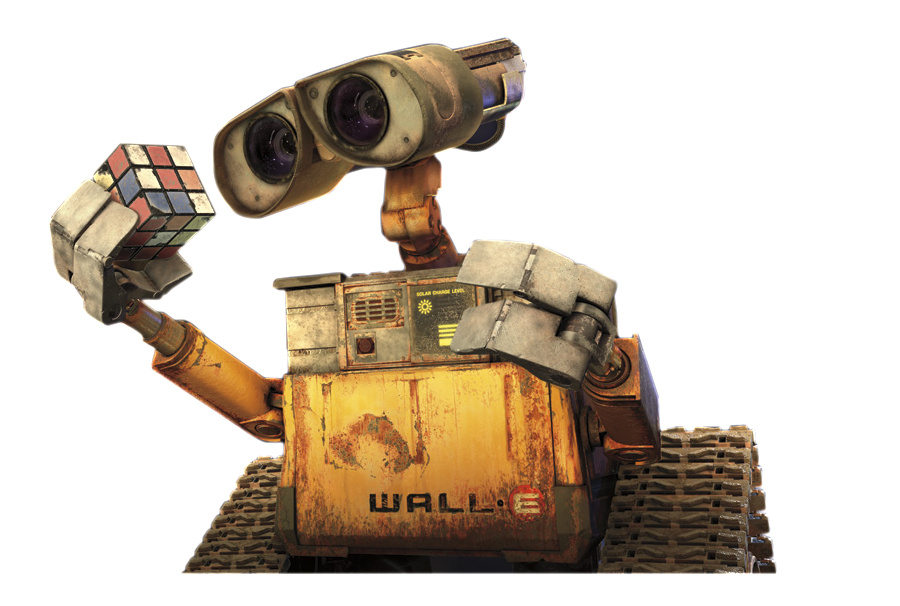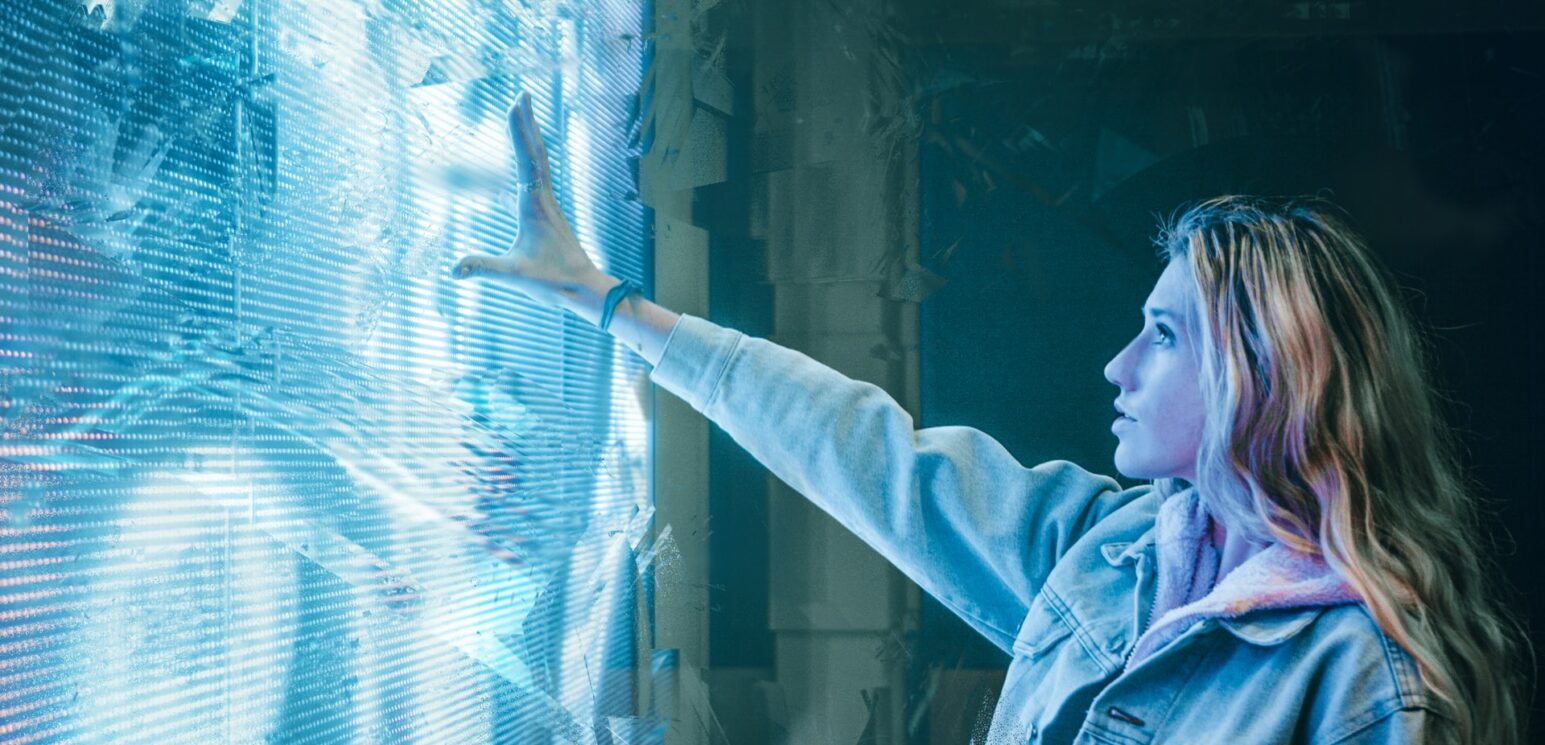Among the premises of the 2008 Disney movie WALL-E is that humanity survives in a dystopian future. It is the familiar “we used the Earth up” story, having progressed to a life of luxurious automation on an “Ark.” A subtext here is a technology-as-salvation theme.
While this is perhaps a well-trodden plot-line of science fiction, it is a remarkably deep subject matter for a Disney film. Certainly, like a lot of science fiction, it is both plausible and implausible.

Plotline, Please
At the heart of the WALL-E plotline is framing technology as a prophylactic. It captures the struggle for existence as we, as a species, progress in our natural setting. Consider the phrase “technology is always changing and it is hard to keep up.” It rings true as we experience new marvels that shorten the time and effort required to acquire and enjoy the goods, information, and services that make society thrive.
In keeping with the adage “a rising tide lifts all boats,” advances in technology, particularly information communication technologies, have arguably advanced humanity in many ways. Some have characterized the broad effects of the proliferation of information communication technologies, particularly in the 21st century, as a process of digitalization. While perhaps largely known in a business context, digitalization speaks to the wholesale transformation of markets and societies. It does this by virtue of the capabilities, opportunities, and challenges available through information communication technologies.
A Change Will Do You Good
Okay, what is the catch? Where is the downside? That is for you to answer, which is the point of this post. If technology is always changing, then how are we, in kind, changing? Are we improving? If so, on what merits and dimensions? If not, then how so?
I do not raise these questions to suggest or offer an answer, but to rather raise rhetorical introspection. These are not new or unique questions, but nonetheless worth contemplation. However, as Heraclitus suggested that “everything flows” such that we can never step twice into the same stream, to gauge our present location and heading is an act of prudence.
Now consider the information communication technologies that underlie “digitalization.” As is often the case with any innovation, there is a lustrous “magic.” It surrounds the seemingly boundless horizons available with each unfolding technological advance. Beyond the horizon is opportunity, possibility, and uncertainty. As such, the question contemplated here is whether human and social discourse is advancing with expansion in information communication technologies?
Answers, Please
There are both social and individual answers to be found. There is a certain chaos that follows rapid expansion of technology and our information communication technologies certainly fit this description. Entropy, from a casual sociological and economic understanding, is a possibly apt and generative metaphor. It helps us to understand the mechanics of this chaos.
Machine learning and algorithmic routines increasingly estimate and forecast human behavior, and communicate “intelligence” gleaned from those estimations and forecasts. But how will the requisite diversity of thought and challenge become available prevent stasis? Perhaps put more simply, as our information communication technologies pull and push our daily lives, are human lives being augmented by, or being shaped by, these technologies?
With some metaphoric license, we can frame the increasingly rapid and algorithmically-developed model of our world as a precursor to the “lethargy” of digitalization. Consider this from a loose appropriation of Information Theory. We are thus concerned with lossiness in messages over busy channels of communication. The process of informing is to achieve reasonable clarity of an intended message. This must be done amongst many competing messages which are characterized as “noise.”
Signal To Noise
In greatly-expanded channels of information that surround daily life, separating signal from noise becomes harder. Moreover, what compromises exist in the digital encoding and decoding of our information? This is not posed as a technical question, but more of a question regarding human comprehension. It requires understanding amidst a constant flood of available signal. Our digital lives transpire amongst unyieldingly noisy channels simultaneously stimulating our sense-making apparatus – our combined senses, comprehension, and reasoning.
Could it be that the more we yield our comprehension and sense-making of our world discreet encoding, the more we run the risk of disconnection and a loss of meaning and comprehension? If among the possible comprehensions of information is the reduction of uncertainty, then how does that stack against George Miller’s assertions about short term memory, comprehension, and cognitive limits?
These are not a pretext for neo-Luddite knee jerk, but rather posing some simply reflections: how rich is our communication if algorithmic sense-making is often reduced to to number of likes, number of stars, number of views, and the muddy waters “bots” that cloud our communication artificially-developed “speech?” What is signal and what is noise? What is authentic and not? Caveat Emptor!
Caution Ahead
Whilst one would assume that a digitalized world would bestow more clarity, this may not be the case. This is all, at best, a thought experiment. But a critical appraisal of any technological advance – the digitalization of daily life for instance – is consistent with the basic instincts that enabled our evolution: caution.
Psychologists might characterize that we have reified information communication technologies to a potential emmisarial relationship. What understanding do we yield in the interest of algorithmic and automated efficiency, expedience, and economy? As with any matter of uncertainty, there are no particular “right ” answers to these contemplations, only the need to pause and assess.


